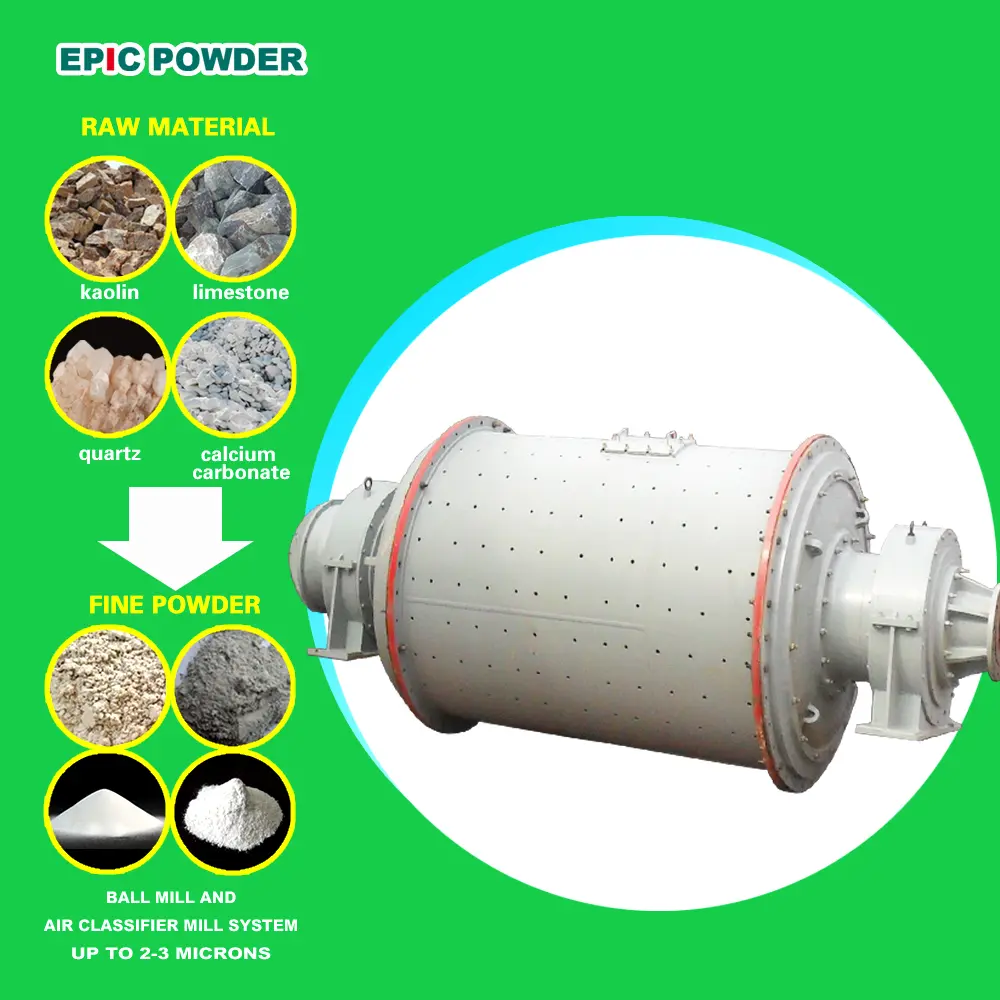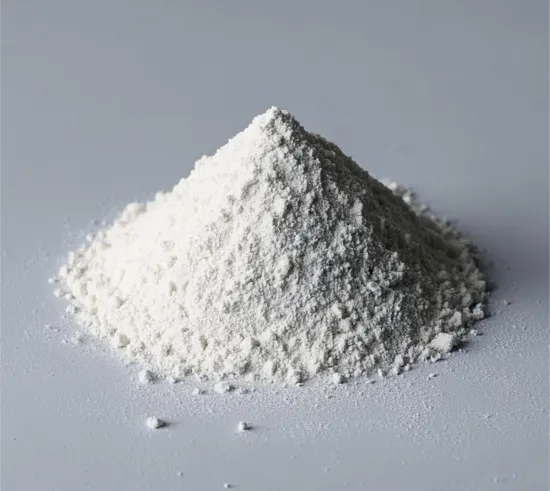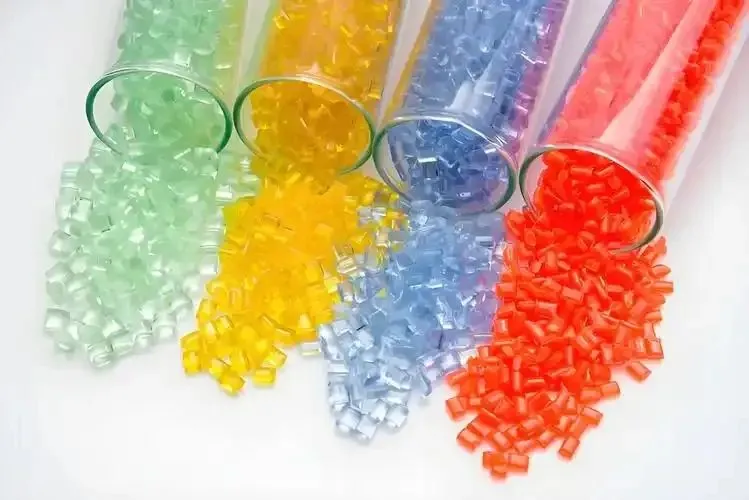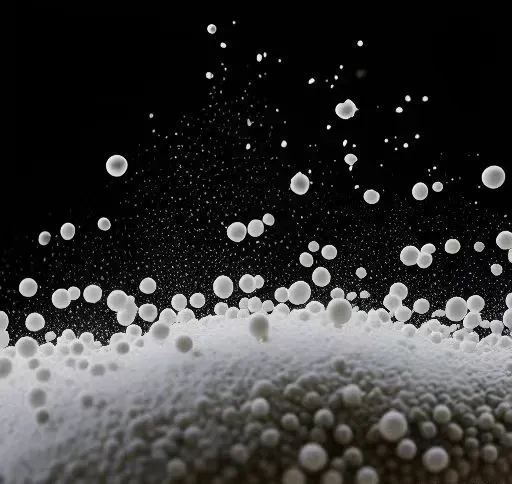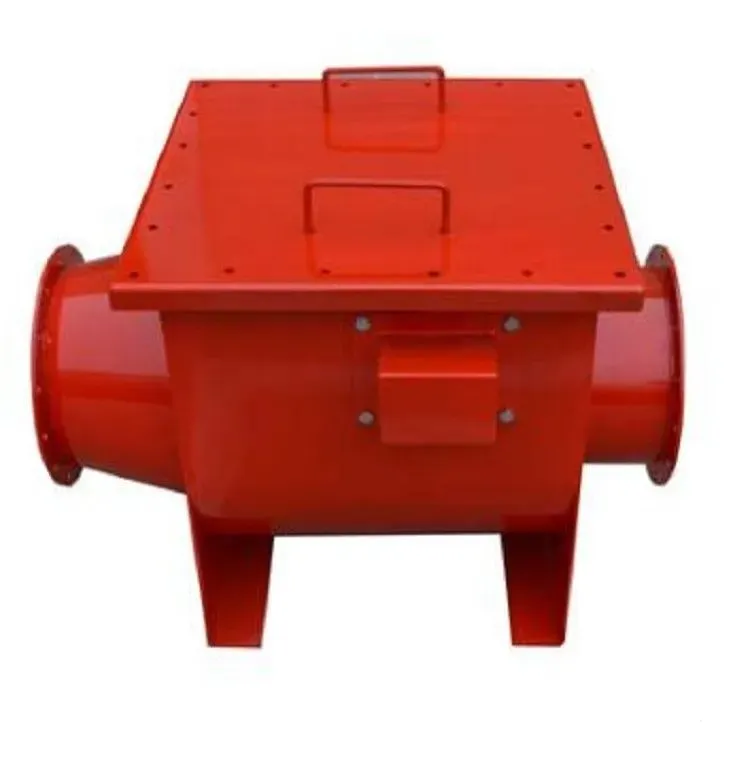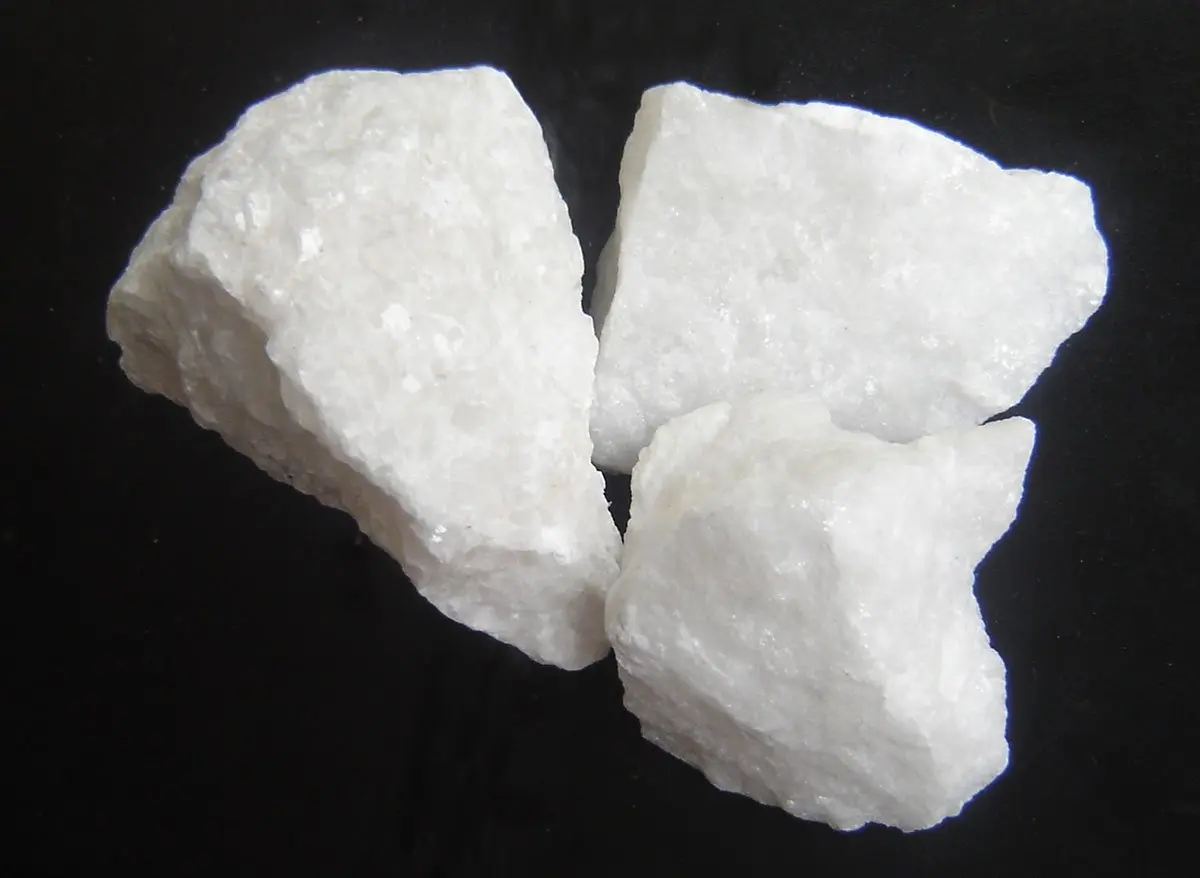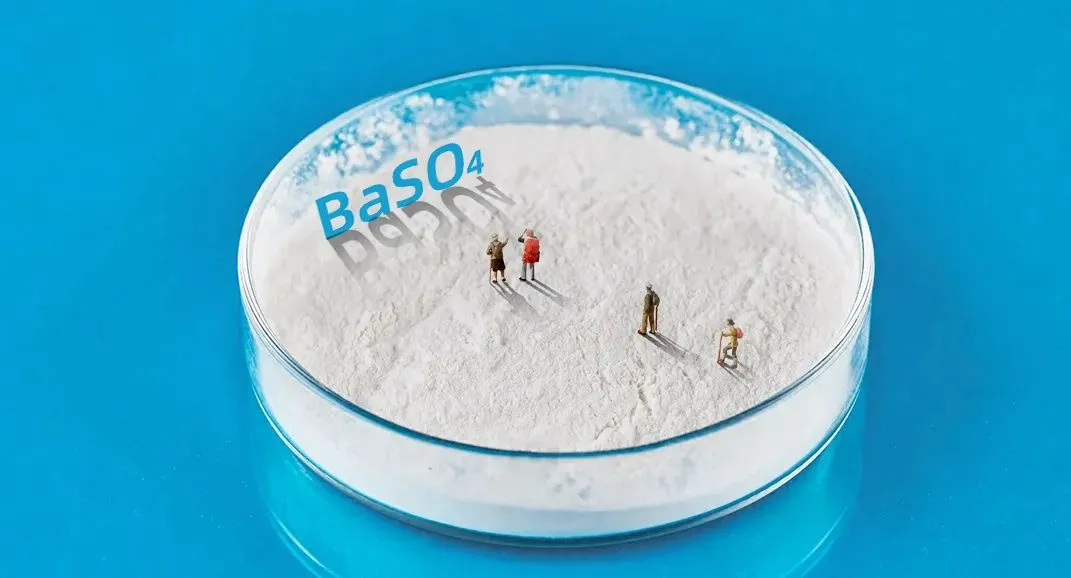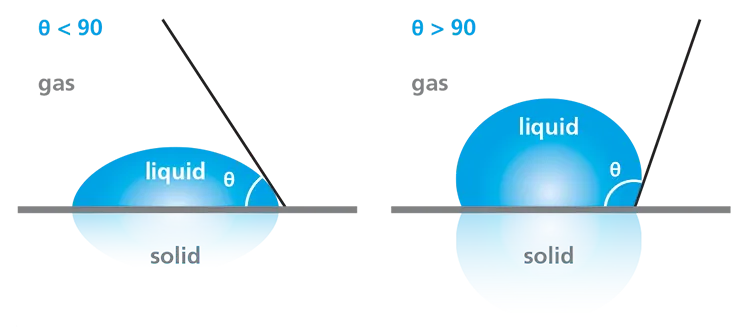In recent years, with the rapid development of various industries, the mechanical equipment industry has also improved a lot. Among these, in the process of fine powder production, particle size is crucial for product utilization. It makes crushing a very critical step. The airflow pulverizer has become a powerful tool in the crushing process. It has low crushing temperature, short production cycle, high powder collection rate, and uniform, fine particle size distribution. So what are the factors that affect the crushing effect of an airflow pulverizer?

It is understood that the airflow pulverizer, also known as the airflow mill, jet mill, or energy flow mill, is a type of mechanical equipment that uses the energy of high-speed airflow (300-500 m/s) or superheated steam (300-400°C) to crush solid materials into ultrafine powders. As one of the commonly used ultra-fine crushing devices, the airflow pulverizer is widely applied in the ultra-fine crushing and dispersion of superhard materials, such as chemical substances, pharmaceuticals, foods, and metal powders.
While the airflow mill has a wide range of crushing particle sizes and is easy to operate, the crushing effect often varies during the process. What could be the cause of this? Technicians have explained that the crushing effect of the airflow mill is mainly influenced by lots of factors. Air-solid ratio, feed particle size, working fluid temperature and pressure, and crushing aids and be these factors.
Air-Solid Ratio
The air-solid ratio during pulverization is an important technical parameter and a key performance indicator. If the air-solid ratio is too low, the kinetic energy of the airflow will be insufficient, which will affect the fineness of the product. On the other hand, if the air-solid ratio is too high, it will not only waste energy but also reduce the dispersion performance of certain pigments.
Technicians recommend that when using superheated steam as the working fluid, the air-solid ratio should generally be controlled at 2 to 4:1 for pulverizing hard materials after calcination. For pulverizing materials after surface treatment, the air-solid ratio should generally be controlled at 1 to 2:1.
Feed Particle Size
When crushing hard materials, the particle size of the feed material must also meet specific requirements. For titanium powder, the crushing of calcined materials should be controlled at 100-200 mesh, while the crushing of surface-treated materials is generally done at 40-70 mesh, and the particle size should not exceed 2-5 mesh.
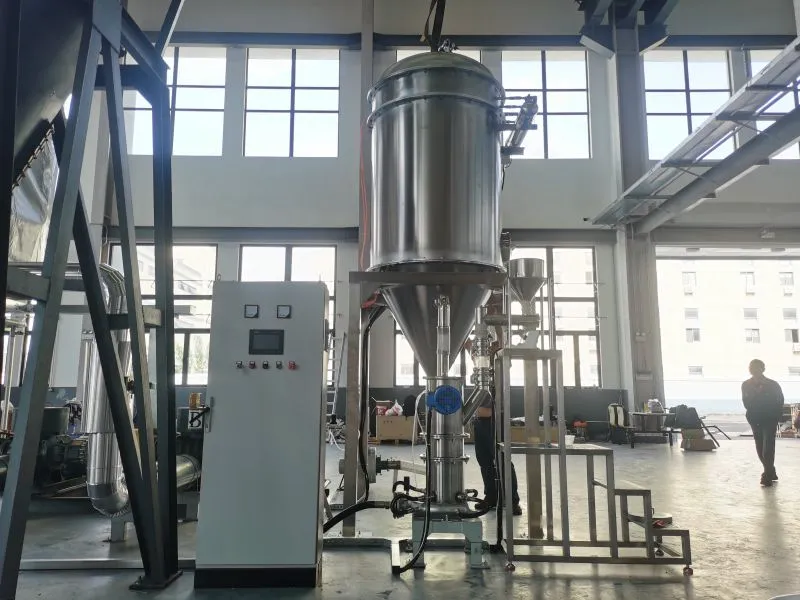
Temperature of Working Fluid
Technicians have stated that when the temperature of the working fluid is too high, the air flow rate increases. For example, when air is used as the working fluid, the critical speed at room temperature is 320 m/s. When the temperature rises to 480°C, the critical speed increases to 500 m/s, meaning the kinetic energy increases by 150%. Therefore, raising the temperature of the working fluid helps improve the crushing effect.
In addition, when pulverizing titanium powder, the temperature of the superheated steam is typically around 300-400°C. Technicians mentioned that the temperature is usually higher when pulverizing and calcining materials, and lower when pulverizing surface-treated materials. “Some surface treatment agents, especially organic surface treatment agents, are not heat-resistant, so they only need to be superheated by 100°C above the original steam temperature.”
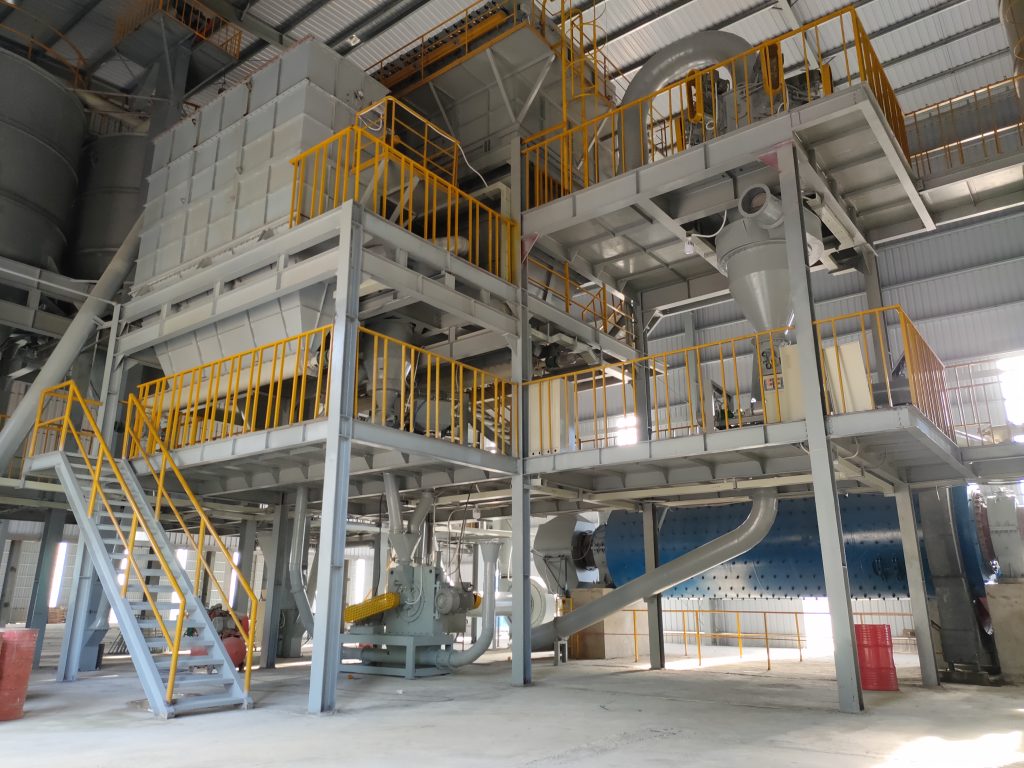
Working Fluid Pressure
It is understood that the working fluid pressure is a key parameter in generating jet flow velocity and directly affects pulverization fineness.
Generally speaking, the higher the working fluid pressure, the faster the flow rate and the greater the kinetic energy. But how high should the pressure be for crushing? Technicians say this mainly depends on the crushability and fineness requirements of the material. For instance, when using superheated steam to crush titanium powder, the steam pressure is typically between 0.8-1.7 MPa. The pressure for crushing calcined materials is usually higher, while for surface-treated materials, it can be lower.
Crushing Aids
Technicians have noted that adding the appropriate crushing aids during the crushing process in the airflow crusher can not only improve crushing efficiency but also enhance the dispersion performance of the product in the medium. So, how should one choose a crushing aid?
It is understood that when titanium dioxide is surface-treated, most organic surfactants added serve as crushing aids. Inorganic crushing aids typically include sodium hexametaphosphate and sodium (or potassium) pyrophosphate.
Conclusion
In summary, the crushing effect of an airflow pulverizer is influenced by multiple factors, including the air-solid ratio, feed particle size, temperature and pressure of the working fluid, and the use of crushing aids. By optimizing these parameters, manufacturers can achieve better crushing efficiency and finer particle sizes. It is crucial for the quality and performance of the final product. Understanding and controlling these factors ensures that the airflow pulverizer operates at its best. It helps to make it an invaluable tool in the production of ultra-fine powders.

